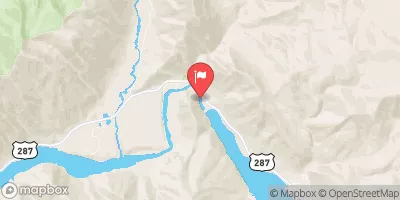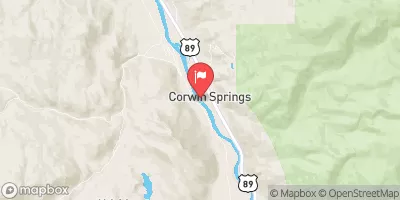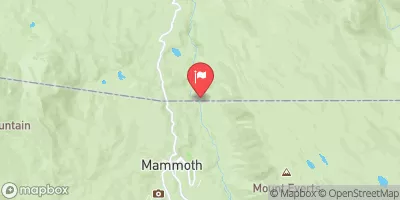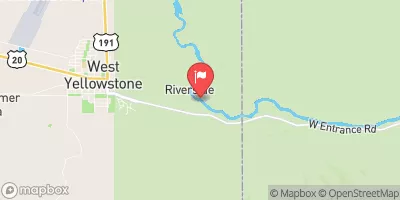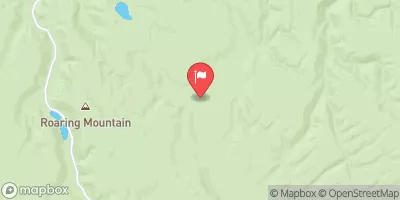Begins Where The River Parallels A Two-Lane Highway To The Western Boundary Of Yellowstone National Park Paddle Report
Last Updated: 2025-12-31
The Whitewater River run begins where the river runs parallel to a two-lane highway, just before reaching the western boundary of Yellowstone National Park in Montana.
°F
°F
mph
Wind
%
Humidity
Summary
The ideal streamflow range for this run is between 1,200 and 3,000 cfs. The class rating of the Whitewater River varies between Class II and IV depending on the section of the river being traversed.
The segment mileage of the Whitewater River run is approximately 10 miles long. During this run, there are several specific river rapids and obstacles to navigate. The most notable rapid is Big Rock, which is a Class III+ rapid that requires skilled maneuvering to safely navigate. Other notable obstacles include several large boulders, tight turns, and narrow channels.
There are specific regulations in place for the Whitewater River run to ensure the safety of all participants. Those who wish to embark on this run are required to have a permit from the National Park Service. Additionally, all participants must wear a Coast Guard-approved personal flotation device at all times while on the river. Finally, no alcohol or drugs are allowed on the river.
In conclusion, the Whitewater River run is a challenging and exciting adventure that requires skill and experience to navigate safely. With its ideal streamflow range, class rating, segment mileage, specific river rapids/obstacles, and specific regulations, this run should only be attempted by experienced whitewater paddlers with the proper equipment and permits.
River Run Details
| Last Updated | 2025-12-31 |
| River Levels | 715 cfs (1.51 ft) |
| Percent of Normal | 81% |
| Status | |
| Class Level | ii-iii+ |
| Elevation | ft |
| Run Length | 13.0 Mi |
| Streamflow Discharge | cfs |
| Gauge Height | ft |
| Reporting Streamgage | USGS 06038500 |
Weather Forecast
Nearby Streamflow Levels
Area Campgrounds
| Location | Reservations | Toilets |
|---|---|---|
 Lower Fan Creek
Lower Fan Creek
|
||
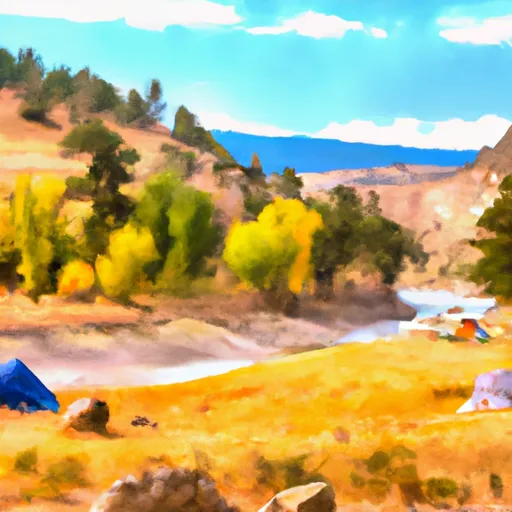 Gallatin River
Gallatin River
|
||
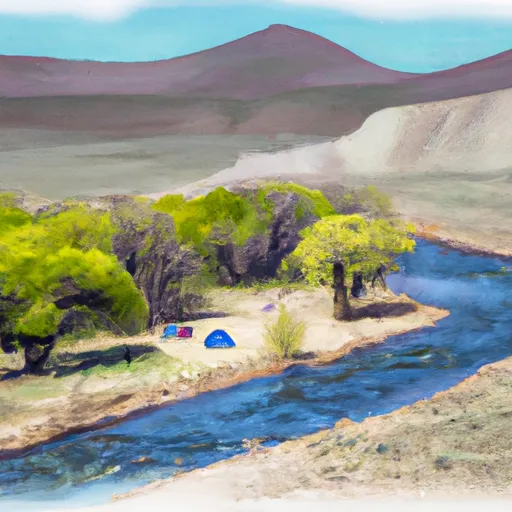 Gallatin River Stock
Gallatin River Stock
|
||
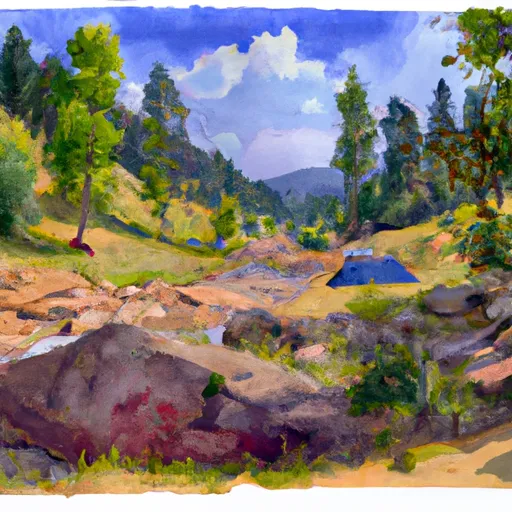 Fan Creek
Fan Creek
|
||
 Upper Gallatin River Stock
Upper Gallatin River Stock
|
||
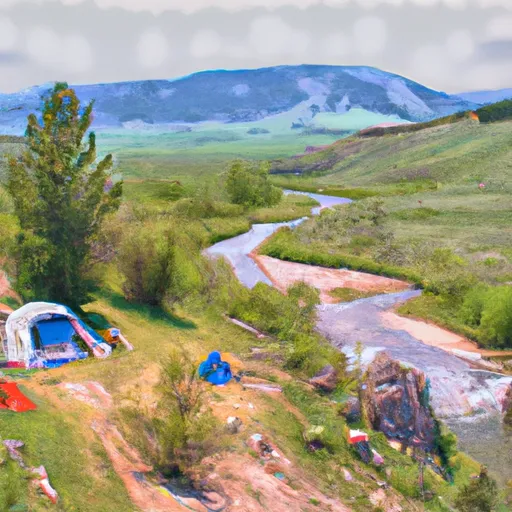 Upper Gallatin River
Upper Gallatin River
|
River Runs
-
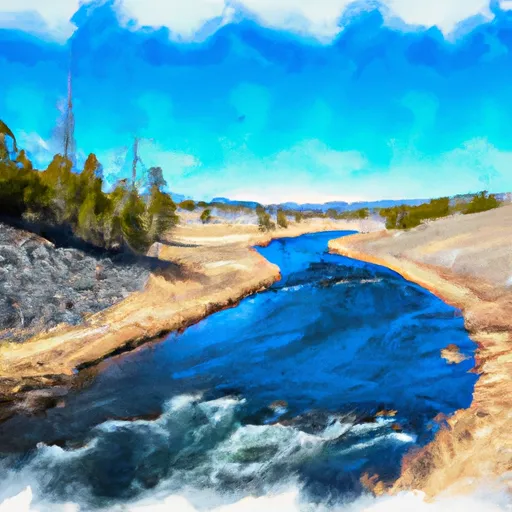 Begins Where The River Parallels A Two-Lane Highway To The Western Boundary Of Yellowstone National Park
Begins Where The River Parallels A Two-Lane Highway To The Western Boundary Of Yellowstone National Park
-
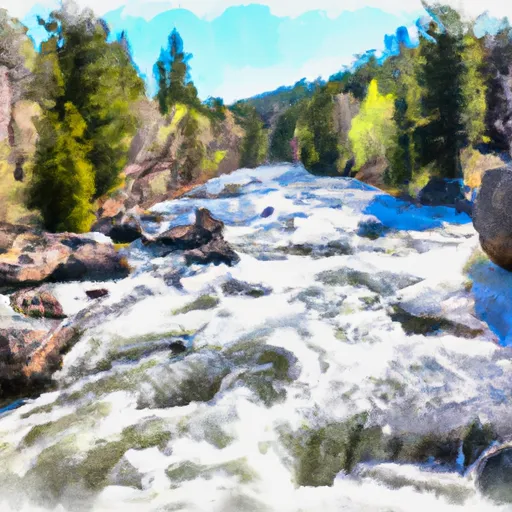 The Headwaters, In The Gallatin Range To Ends Downstream Of Osprey Falls
The Headwaters, In The Gallatin Range To Ends Downstream Of Osprey Falls
-
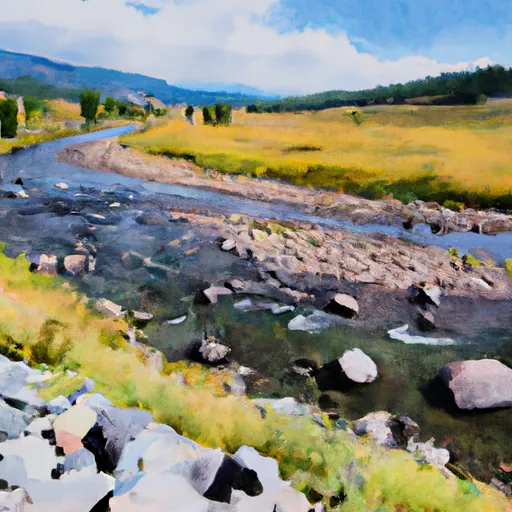 The Headwaters In The Gallatin Range To Ends Where The River Parallels A Two-Lane Highway
The Headwaters In The Gallatin Range To Ends Where The River Parallels A Two-Lane Highway
-
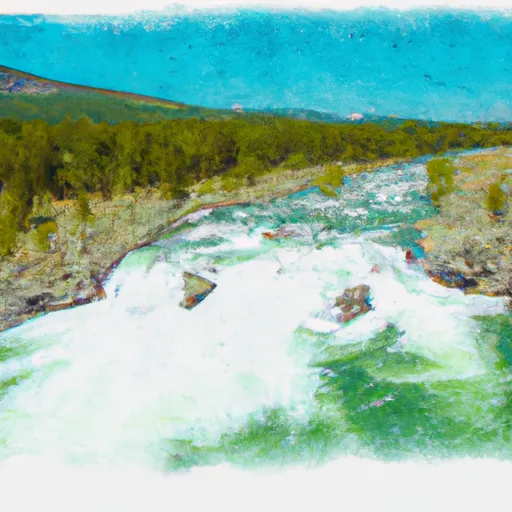 Gallatin Canyon, Sec. 19, T4S, R4E To Yellowstone National Park, Sec. 27, T9S, R5E
Gallatin Canyon, Sec. 19, T4S, R4E To Yellowstone National Park, Sec. 27, T9S, R5E


